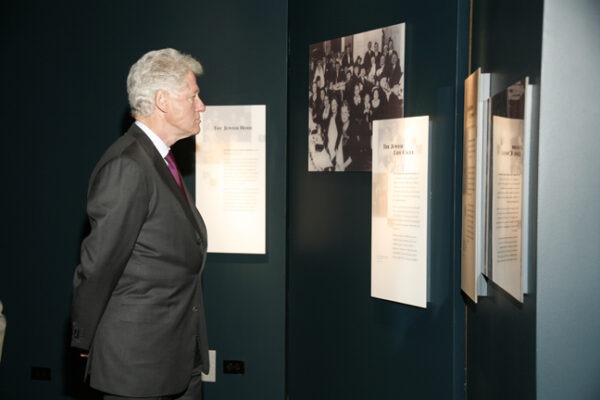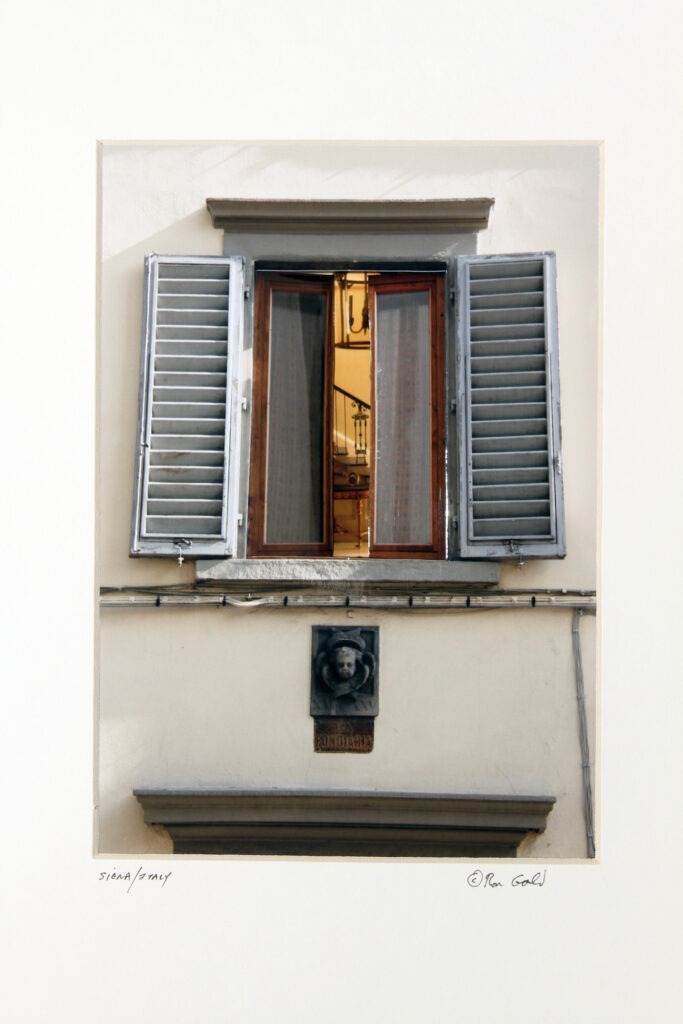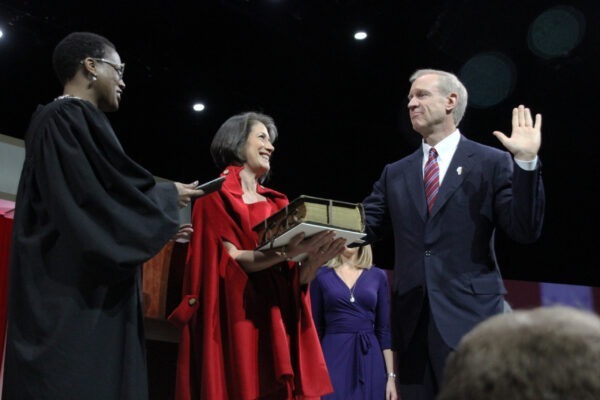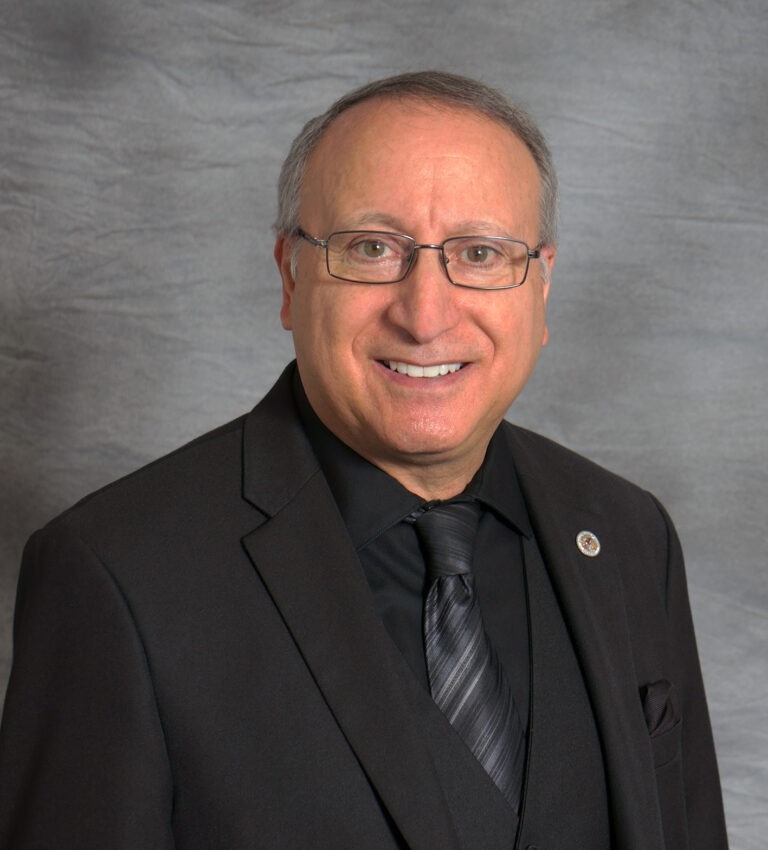The many photos of important figures captured by Ron Gould, a Chicago portrait photographer, are nuanced with their consideration of not only the subject but the weight of the moment. This translates to his personal work with 3D prints of architectural photos from his travels in Europe, Central America, Mexico, China, Tibet, Mongolia, and more; from the framing of a building to the view inside through a cracked door or window, we can gather a lot from a little. This is Ron in a nutshell: an exact artist who peels away the surface of his subject to reveal a glimpse of something more.
How long have you worked with Seaberg?
I’ve worked with Seaberg for about 6 months after I started collecting photo prints.
What project did Seaberg work on for you?
The custom framed a very special Henri Cartier Bresson photo I purchased for my collection.
What do you collect?
My collection includes two pieces by Elliott Erwitt, both from the movie The Misfits showing Marilyn Monroe, Clark Gable, director John Houston, and others on set. I also have an Ansel Adams Moonrise at Hernandez New Mexico, a photo of Georgia O’Keeffe by Jousuf Karsh, and a photo of Picasso by Denise Columbus. My most treasured piece is a photo of the Duke and Duchess of Windsor by Henri Cartier Bresson my hero and idol.
I also have a large collection of Chicago photographer Marc Hauser’s work, a genius at celebrity portraits. My collection includes photos of Sophia Loren, Michael Jordan, Sinead O’Connor, director John Waters, John Cougar Mellencamp, Julia Roberts, and many others.
Tell us a little about your work and photography.
I started creating these “3D” photos while in college in 1970. I’ve continued to refine and update the process in the last forty-plus years. I still do all the work on the images by hand. As I travel the world I take photographs specifically for this technique. I’ve been a professional commercial/corporate photographer for fifty years.

What can you tell us about your work in commercial photography?
For my work, it’s primarily of elected officials including President Trump, President Clinton, President George H.W. Bush, President George W. Bush, Governor Jeb Bush, Senators, Congressmen, a few Prime Ministers, other countries Presidents, and too many others to list. I was also the official photographer for Illinois Governor Bruce Rauner’s inauguration. Photographing business CEOs as well as their offices and factories rounds out my working career.
For your 3D art, do you have a specific material or thematic focus? If so, what would you describe that as?
All of my 3Ds have doors, windows, archways, or other openings that lend themselves to the technique. I then open these doors & windows placing an image I am inspired to put inside. I keep some of the materials and methods close to the chest since I’ve never seen any other works like mine. The photo itself has to be a 5 X 7 print. I’ve found smaller or larger just won’t work.

What drew you toward becoming a photographer? What kept you going?
I always knew I was going to be a photographer. Ever since eighth grade I’ve been in love with the process of image-making. Always did my own color and B&W darkroom work until digital became my only mode of creating images. What keeps me going is my love of creating art. My joy is to travel to new and different places and see how I can interpret them as no other photographer has done in the past.
What is your favorite photograph or series you’ve created? Why?
I taught photography for twelve years in Paris for Harrington College of Design. I walked the city streets every day and was surprised by the interesting people and scenes I saw each time I turned a corner. Those photos are still my favorites, but I have a few images from Italy I made in 1972 on my first trip there that still holds a special place in my heart.

What’s next? Any long-term goals?
In June I’ll be traveling all over the Spanish, Italian, and Greek coasts. I can’t wait. I expect to capture quite a bit of material for my 3Ds there.
What advice would you give to aspiring photographers?
This is a tough question. I taught at Harrington for twelve years and was often asked this question. My advice is for the photographer to find a niche that you love and do well so you can make a living. I realize this is a very practical answer, but a realistic one. We all need to eat and pay the rent. Doing street photography may be gratifying, but either you can do photography to earn enough to live or do something else as your “pay the bills” job and do your art and photography when you can.

